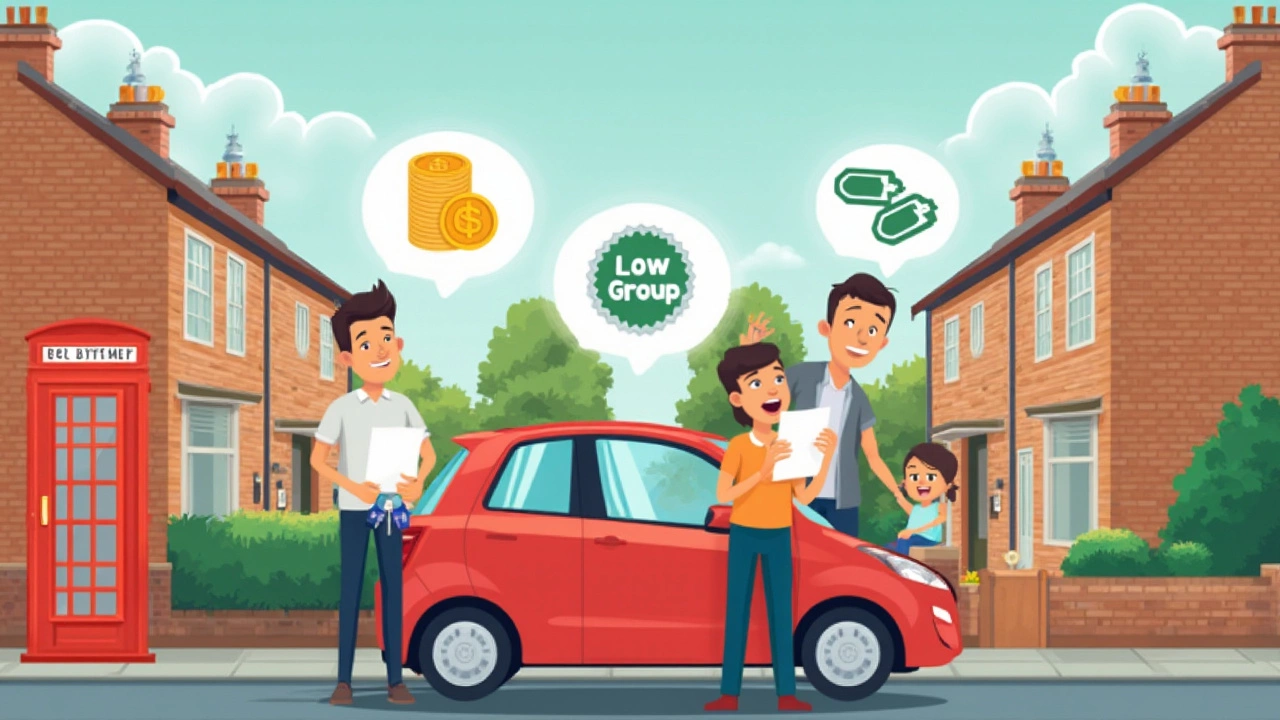Insurance Groups Explained – Your Quick Guide to Car Insurance Costs
Ever wonder why two drivers with the same car can pay very different insurance premiums? The answer often lies in the car’s insurance group. In the UK, every vehicle is assigned a number from 1 to 50. The lower the number, the cheaper the insurance tends to be. Let’s break down how these groups work, why they matter, and how you can use this knowledge to save money.
How Insurance Groups Are Decided
The Motor Insurers’ Bureau (MIB) looks at a lot of data when it creates the group rating. They consider things like the car’s engine size, repair costs, safety features, theft risk, and how many people typically drive it. A small hatchback with good crash ratings and low theft numbers will end up in a low group, like 1 or 2. A powerful sports sedan with expensive parts and a high theft rate could sit in group 30 or higher.
It’s not just about speed. A car with advanced driver‑assist systems, such as automatic emergency braking, can get a lower group because it helps avoid accidents. Conversely, a model that’s popular with thieves will get a higher group, even if it’s otherwise safe.
Why Your Insurance Group Affects Your Premium
Insurers use the group as one of many factors to estimate how risky a policy is to write. A higher group means the insurer expects more claims, either from accidents or theft, so they charge more to cover that risk. That’s why you’ll see the same model listed with different premiums depending on the group it falls into.
But the group isn’t the whole story. Your age, driving history, where you live, and how you use the car (commuting vs. leisure) also play big roles. Still, if you’re shopping for a new car and want to keep insurance cheap, checking the group rating should be one of your first steps.
Here are a few practical tips:
- Use the group as a filter. When you browse cars online, look for the group number in the specifications. Many sites list it right next to the price.
- Compare similar groups. If you’re deciding between two cars, choose the one with the lower group if everything else feels equal – you’ll likely save on insurance.
- Ask about discounts. Some insurers give lower rates for cars with safety tech even if the group is a bit higher. It never hurts to ask.
- Consider mileage. Driving fewer miles can offset a higher group because the risk of an accident drops.
Remember, insurance groups are just a starting point. The best way to know what you’ll actually pay is to get quotes from a few providers. Many comparison sites let you enter the group number, making the process quick and transparent.
In short, the insurance group tells you how the industry views a car’s risk level. Lower numbers usually mean cheaper premiums, but don’t forget to factor in your personal circumstances. By keeping the group in mind while you shop, you can make a smarter choice and keep more money in your pocket.
- June 17 2025
- 0 Comments
- Rowan Cavendish
Lowest Car Insurance Group: How It Saves You Money
Car insurance costs can swing widely, and knowing about insurance groups gives you a clear edge in saving cash. This article looks at what the lowest car insurance group is, why it makes such a big difference, and what cars fall into this category. You'll also get tips for picking a low group car, plus real-life examples and budget hacks. If you want the whole story behind cheaper premiums, this is it.
- Driving Lessons (41)
- HGV Training (31)
- Driving Test Tips (31)
- Driving Test Booking (26)
- Driving Licence Renewal (23)
- Driving Theory Test (21)
- Pass Plus Course (15)
- Driving Tips (15)
- Intensive Driving Course (15)
- Driver Licensing (14)
Categories
- December 2025 (12)
- November 2025 (13)
- October 2025 (21)
- September 2025 (5)
- August 2025 (8)
- July 2025 (30)
- June 2025 (30)
- May 2025 (30)
- April 2025 (31)
- March 2025 (30)
- February 2025 (28)
- January 2025 (34)
Archives
- driving lessons
- driving test
- driving tips
- intensive driving course
- driving test tips
- HGV training
- learn to drive
- driving theory test
- driver training
- driving test booking
- pass driving test
- HGV driving
- road safety
- driving license renewal
- Virginia driving test
- learner drivers
- safe driving
- Virginia driver's license
- driving license
- learning to drive

